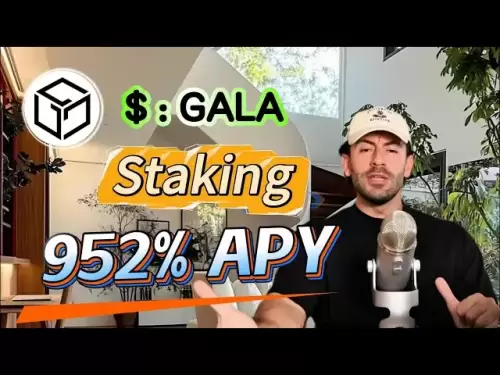-
 Bitcoin
Bitcoin $114500
-0.31% -
 Ethereum
Ethereum $3648
1.11% -
 XRP
XRP $3.033
-0.27% -
 Tether USDt
Tether USDt $0.9999
-0.01% -
 BNB
BNB $758.5
-0.32% -
 Solana
Solana $167.5
1.48% -
 USDC
USDC $0.9998
-0.02% -
 TRON
TRON $0.3331
0.74% -
 Dogecoin
Dogecoin $0.2039
0.25% -
 Cardano
Cardano $0.7419
-0.46% -
 Hyperliquid
Hyperliquid $39.21
2.66% -
 Stellar
Stellar $0.4049
-1.95% -
 Sui
Sui $3.483
-0.56% -
 Bitcoin Cash
Bitcoin Cash $570.8
2.89% -
 Chainlink
Chainlink $16.67
-0.57% -
 Hedera
Hedera $0.2470
-1.57% -
 Ethena USDe
Ethena USDe $1.001
0.00% -
 Avalanche
Avalanche $22.36
1.52% -
 Litecoin
Litecoin $123.4
4.35% -
 UNUS SED LEO
UNUS SED LEO $8.989
0.09% -
 Toncoin
Toncoin $3.324
-2.40% -
 Shiba Inu
Shiba Inu $0.00001219
-1.30% -
 Uniswap
Uniswap $9.811
2.54% -
 Polkadot
Polkadot $3.662
-0.07% -
 Monero
Monero $295.5
-3.85% -
 Dai
Dai $1.000
0.01% -
 Bitget Token
Bitget Token $4.345
0.24% -
 Cronos
Cronos $0.1380
0.95% -
 Pepe
Pepe $0.00001044
-1.14% -
 Ethena
Ethena $0.5981
-4.24%
How to withdraw Gelato coins to wallet?
To withdraw Gelato (GEL) coins, select a suitable non-custodial wallet, initiate the withdrawal process from the exchange, verify the details meticulously, and track the transaction progress to ensure successful transfer.
Jan 02, 2025 at 12:40 pm
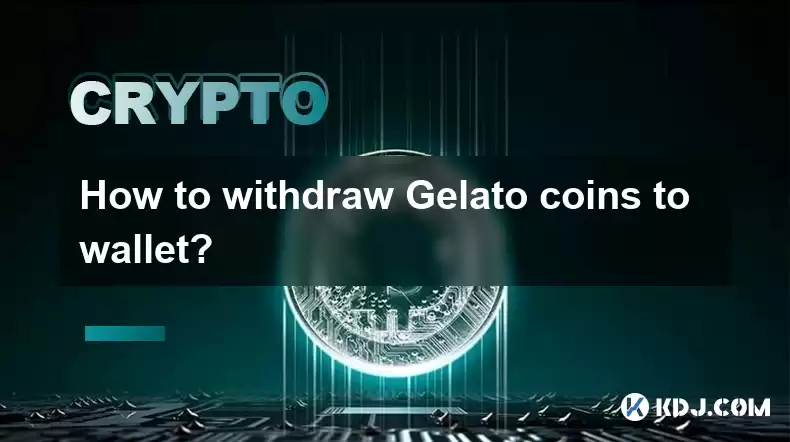
How to Withdraw Gelato Coins to Wallet
Withdrawing Gelato (GEL) coins from an exchange or platform to a personal wallet involves a few simple steps. This guide will provide detailed instructions on how to withdraw GEL coins, ensuring a secure and successful transfer of your funds.
Key Points:
- Know your specific requirements for withdrawal
- Select an appropriate wallet with GEL support
- Follow the step-by-step withdrawal process carefully
- Secure your private keys and sensitive information
- Consider the transaction fees and estimated withdrawal time
Step 1: Determine Withdrawal Requirements
Before initiating the withdrawal, familiarize yourself with any specific requirements set by the exchange or platform you are using. Different platforms may have unique criteria or restrictions, such as minimum withdrawal amounts, verification procedures, and security measures. Understanding these requirements ensures a smooth and timely withdrawal.
Step 2: Choose a Suitable Wallet
Select a non-custodial wallet that supports Gelato (GEL) for secure storage of your funds. Non-custodial wallets provide full control over your private keys, ensuring that only you have access to your assets. Reputable and secure wallet options include Ledger, Trezor, MetaMask, and Trust Wallet. Consider factors such as security features, fees, and user-friendliness when choosing a wallet.
Step 3: Initiate the Withdrawal Process
Once you have selected a suitable wallet, initiate the withdrawal process from the exchange or platform. Typically, this involves navigating to the "Withdraw" section and selecting Gelato (GEL) as the withdrawal currency. Enter the recipient wallet address and the amount you wish to withdraw. Double-check all the details meticulously to prevent any errors.
Step 4: Confirm and Verify the Withdrawal
After entering the necessary details, confirm the withdrawal request. The exchange or platform may require you to go through additional security checks to validate your identity and protect against unauthorized access. Follow the on-screen instructions carefully and provide any required verification information. Once the withdrawal is confirmed, you will receive a confirmation message or email.
Step 5: Track the Withdrawal Transaction
Monitor the transaction progress to ensure that your GEL coins successfully reach your designated wallet. The exchange or platform should provide you with a transaction ID or a link to track the status of your withdrawal. Note that withdrawal times can vary depending on network congestion and the platform's processing speed.
Step 6: Secure Your Wallet and Private Key
Once the withdrawal is complete, ensure the security of your wallet by storing the private key or seed phrase safely and confidentially. Keep it offline and never share it with anyone. Consider using a hardware wallet for enhanced security.
Step 7: Consider Transaction Fees and Withdrawal Time
Be aware that most exchanges or platforms charge a transaction fee for withdrawals. The fee amount may vary depending on the platform and the withdrawal method. Additionally, withdrawal times can range from a few minutes to several hours or even days. Consult the platform's documentation for specific transaction fee information and estimated withdrawal times.
FAQs
Q: What are some of the best non-custodial wallets for storing Gelato (GEL) coins?
A: Reputable non-custodial wallet options for storing GEL include Ledger, Trezor, MetaMask, and Trust Wallet.
Q: Is it secure to store my Gelato (GEL) coins on an exchange or platform?
A: While using an exchange or platform may provide convenience, it is recommended to withdraw your GEL coins to a non-custodial wallet for enhanced security and full control over your assets.
Q: What is the transaction fee for withdrawing Gelato (GEL) coins from an exchange?
A: The transaction fee for withdrawing GEL coins varies depending on the exchange or platform being used. Check the platform's documentation for specific fee information.
Q: How long does it take to withdraw Gelato (GEL) coins to a wallet?
A: The withdrawal time can range from a few minutes to several hours or even days. The timeframe depends on the exchange or platform's processing speed and network congestion.
Q: Can I reverse a Gelato (GEL) withdrawal after initiating it?
A: Once you initiate a withdrawal, it is typically not possible to reverse the transaction. Double-check all the details carefully before confirming the withdrawal request.
Disclaimer:info@kdj.com
The information provided is not trading advice. kdj.com does not assume any responsibility for any investments made based on the information provided in this article. Cryptocurrencies are highly volatile and it is highly recommended that you invest with caution after thorough research!
If you believe that the content used on this website infringes your copyright, please contact us immediately (info@kdj.com) and we will delete it promptly.
- Metamask, Altcoins, and the Move: Is Cold Wallet the Future?
- 2025-08-06 04:30:12
- BlockDAG, BNB, and SEI: What's Hot and What's Not in the Crypto World
- 2025-08-06 04:50:13
- Cryptos Under $1 Primed for a Bull Run: Which Will Explode?
- 2025-08-06 05:30:12
- Coinbase (COIN) Stock Trading Lower: Navigating the Crypto Equity Reset
- 2025-08-06 04:35:13
- Meme Coins Skyrocket: Is Dogecoin About to Be Dethroned?
- 2025-08-06 03:50:13
- Tether's On-Chain Surge: USDT Dominates and Drives Blockchain Fees
- 2025-08-06 02:50:13
Related knowledge
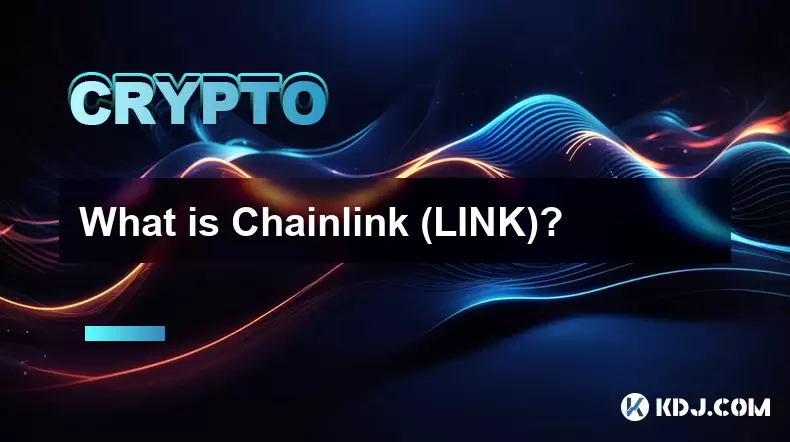
What is Chainlink (LINK)?
Jul 22,2025 at 02:14am
Understanding Chainlink (LINK): The Decentralized Oracle NetworkChainlink is a decentralized oracle network designed to bridge the gap between blockch...
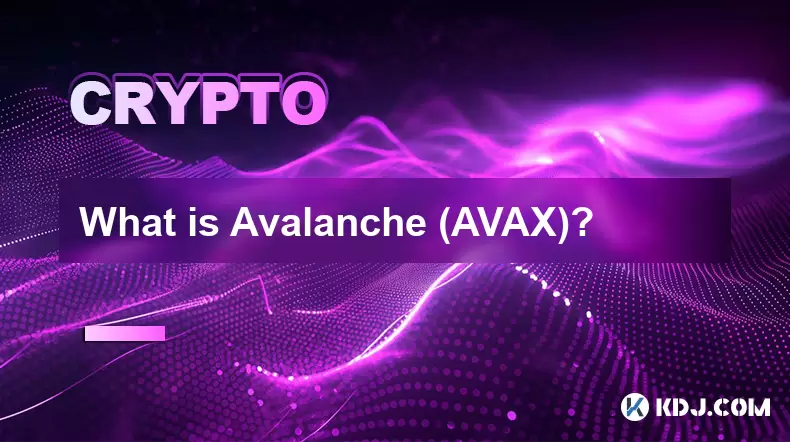
What is Avalanche (AVAX)?
Jul 22,2025 at 08:35am
What is Avalanche (AVAX)?Avalanche (AVAX) is a decentralized, open-source blockchain platform designed to support high-performance decentralized appli...
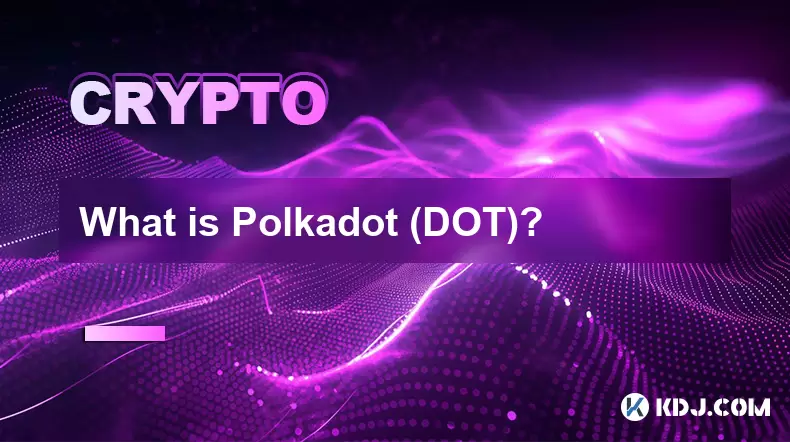
What is Polkadot (DOT)?
Jul 19,2025 at 06:35pm
Understanding the Basics of Polkadot (DOT)Polkadot (DOT) is a multi-chain network protocol designed to enable different blockchains to transfer messag...
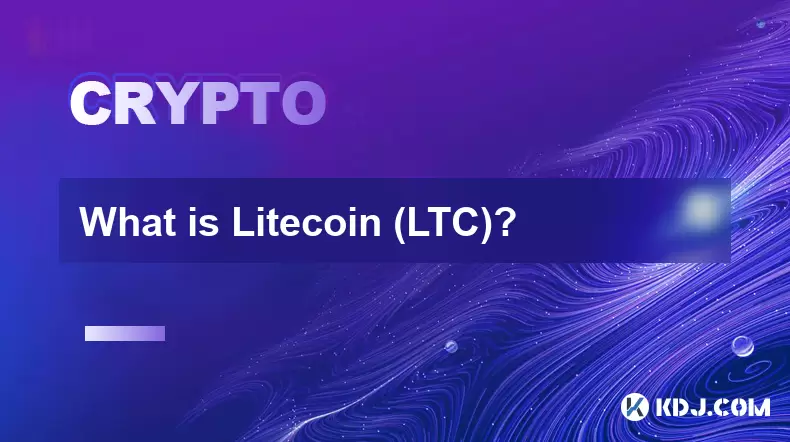
What is Litecoin (LTC)?
Jul 23,2025 at 11:35am
Overview of Litecoin (LTC)Litecoin (LTC) is a peer-to-peer cryptocurrency that was created in 2011 by Charlie Lee, a former Google engineer. It is oft...
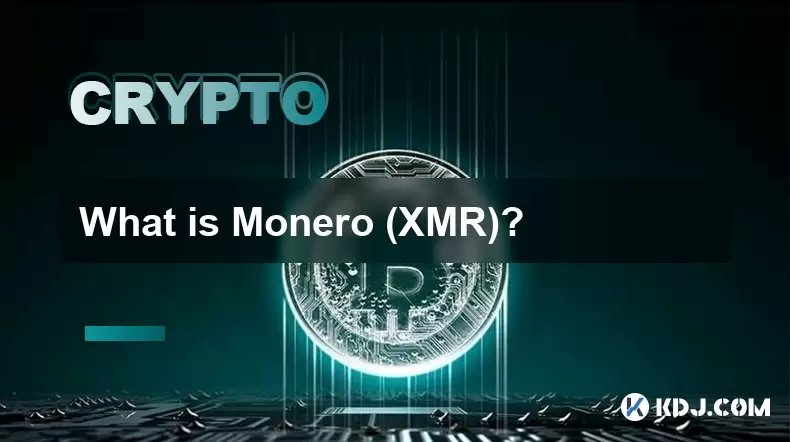
What is Monero (XMR)?
Jul 21,2025 at 10:07am
What is Monero (XMR)?Monero (XMR) is a decentralized cryptocurrency designed to provide enhanced privacy and anonymity for its users. Unlike Bitcoin a...
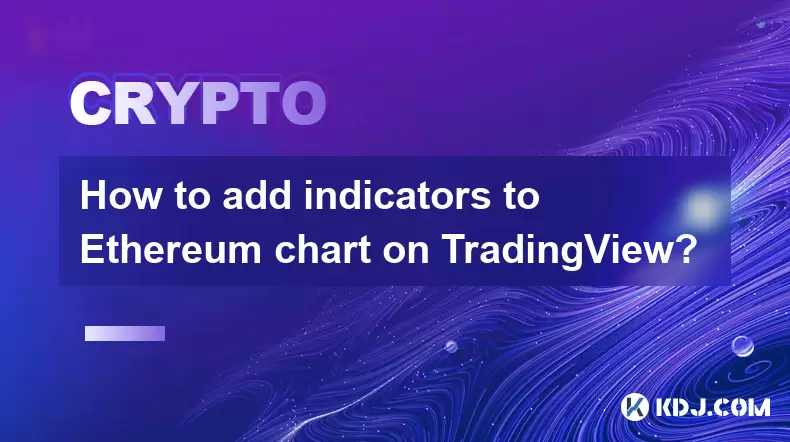
How to add indicators to Ethereum chart on TradingView?
Jul 19,2025 at 07:15am
What Is an Ethereum Chart on TradingView?The Ethereum chart on TradingView is a visual representation of the price movement of Ethereum (ETH) over a s...

What is Chainlink (LINK)?
Jul 22,2025 at 02:14am
Understanding Chainlink (LINK): The Decentralized Oracle NetworkChainlink is a decentralized oracle network designed to bridge the gap between blockch...

What is Avalanche (AVAX)?
Jul 22,2025 at 08:35am
What is Avalanche (AVAX)?Avalanche (AVAX) is a decentralized, open-source blockchain platform designed to support high-performance decentralized appli...

What is Polkadot (DOT)?
Jul 19,2025 at 06:35pm
Understanding the Basics of Polkadot (DOT)Polkadot (DOT) is a multi-chain network protocol designed to enable different blockchains to transfer messag...

What is Litecoin (LTC)?
Jul 23,2025 at 11:35am
Overview of Litecoin (LTC)Litecoin (LTC) is a peer-to-peer cryptocurrency that was created in 2011 by Charlie Lee, a former Google engineer. It is oft...

What is Monero (XMR)?
Jul 21,2025 at 10:07am
What is Monero (XMR)?Monero (XMR) is a decentralized cryptocurrency designed to provide enhanced privacy and anonymity for its users. Unlike Bitcoin a...

How to add indicators to Ethereum chart on TradingView?
Jul 19,2025 at 07:15am
What Is an Ethereum Chart on TradingView?The Ethereum chart on TradingView is a visual representation of the price movement of Ethereum (ETH) over a s...
See all articles





















